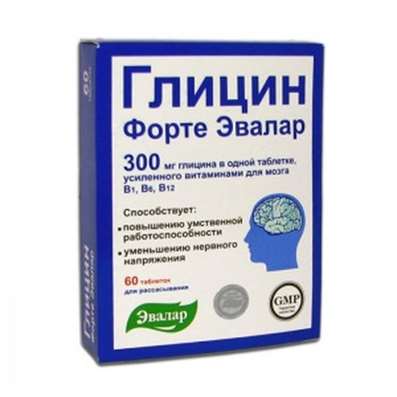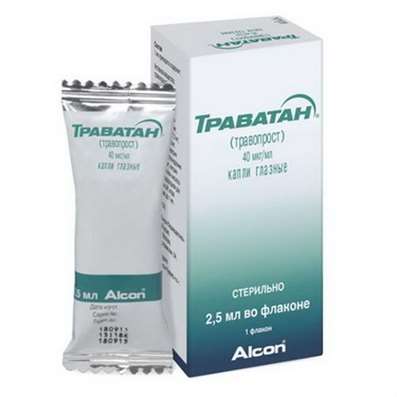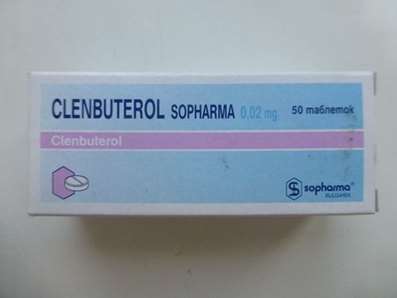Instruction for use: Brinsulmidi H 40 IU/ml
I want this, give me price
ATX Code A10AB01 Human insulin
Active substance: Insulin-isophan [human semisynthetic]
Pharmacological group
Insulins
Nosological classification (ICD-10)
E10 Insulin-dependent diabetes mellitus
Decompensation of carbohydrate metabolism, Diabetes mellitus, Diabetes insulin sugar, Diabetes mellitus type 1, Diabetic ketoacidosis, Insulin-dependent diabetes, Insulin-dependent diabetes mellitus, Coma hyperosmolar non-ketoacidotic, Labile form of diabetes mellitus, Violation of carbohydrate metabolism, Type 1 diabetes mellitus, Type I diabetes mellitus, Insulin-dependent diabetes mellitus, Type 1 diabetes mellitus
E11 Non-insulin-dependent diabetes mellitus
Acetonuric diabetes, Decompensation of carbohydrate metabolism, Diabetes insulin-independent sugar, Diabetes sugar type 2, Type 2 Diabetes, Non-insulin-dependent diabetes, Non-insulin dependent diabetes mellitus, Non-insulin-dependent diabetes mellitus, Insulin resistance, Insulin resistant diabetes mellitus, Coma lactobacillus diabetic, Violation of carbohydrate metabolism, Type 2 diabetes mellitus, Diabetes mellitus type II, Diabetes mellitus in adulthood, Diabetes mellitus in old age, Diabetes insulin-independent, Diabetes mellitus type 2, Sugar insulin-independent diabetes type II
Composition and form of release
1 ml of the suspension for injection contains human insulin-protamine 40 units (unit of action), as well as 1.6 mg of metacresol, 0.7 mg of phenol, sodium phosphate disubstituted dihydrate, glycerin as a preservative; In glass bottles of 10 ml, in a cardboard bundle 1 bottle.
Characteristic
Semisynthetic monocomponent human insulin in the form of a neutral suspension with protamine sulfate. The suspension is white, when standing, it separates, the liquid above the precipitate is transparent colorless or slightly colored, the precipitate is easily resuspended by shaking.
pharmachologic effect
Pharmacological action - hypoglycemic.
It lowers the level of glucose in the blood, increases its absorption by tissues, activates glycogenogenesis, synthesis of protein and lipids, inhibits lipolysis, glycogenolysis and conversion of amino acids into glucose.
Clinical Pharmacology
The preparation of insulin of average duration of action. The effect develops 1.5 hours after SC administration, reaches a maximum in the range of 4-12 hours and lasts for 24 hours.
Indications
Diabetes mellitus (type 1) in adults, diabetes mellitus (type 2) (in the case of resistance to oral hypoglycemic drugs, including (including) partial in combination therapy, against intercurrent diseases, during pregnancy).
Contraindications
Hypersensitivity, hypoglycemia.
Side effects
Hypoglycemia, allergic reactions (skin rash), transient refractive disorders (usually at the beginning of therapy), with prolonged use - lipodystrophy at the injection site.
Interaction
MAO inhibitors (monoamine oxidase), nonselective beta adrenoblockers, sulfonamides, anabolic steroids, tetracyclines, clofibrate, cyclophosphamide, fenfluramine and preparations containing ethanol increase hypoglycemic effect; Oral contraceptives, glucocorticoids, thyroid hormones, thiazide diuretics, heparin, lithium preparations and tricyclic antidepressants - weaken. Reserpine and salicylates can both weaken and enhance hypoglycemic action.
Dosing and Administration
subcutaneously, 1-2 times a day, the dose is determined individually, before use, the bottle is gently shaken. The drug must be entered immediately after typing in the syringe. The daily dose exceeding 0.6 units (unit of action) / kg should be given as two injections in different areas of the body.
Overdose
Symptoms: a sharp increase in sweating, palpitation, tremor, hunger, excitement, paresthesia in the mouth, pallor, headache; In severe cases - hypoglycemic coma.
Treatment: ingestion of sugar or foods rich in carbohydrates; In severe cases - the introduction of glucose (20-40 ml 40% solution iv (intravenously)) and glucagon (IM / intramuscularly), subcutaneously, intravenously.
special instructions
Patients receiving more than 100 units (unit of action) / day Brinsulmidi ChSP, when changing the drug, it is advisable to hospitalize.
The transition from one type of insulin to another should be carried out under the control of the level of glucose in the blood.
At primary appointment, change of a kind of insulin or occurrence during treatment of stressful situations the ability to control vehicles and mechanisms, to other potentially dangerous kinds of activity requiring attention and speed of reaction is possible.
When changing the nature and diet, significant physical exertion, infectious diseases, surgical interventions, pregnancy, thyroid dysfunction, Addison's disease, hypopituitarism, renal insufficiency, and in patients older than 65 years, the dose should be adjusted.
Insulin lowers tolerance to alcohol.
storage Conditions
In the dark place at a temperature of 2-8 į C. Do not freeze.
Keep out of the reach of children.
Shelf life
2.5 years.
Do not use after the expiry date printed on the package.

 Cart
Cart





